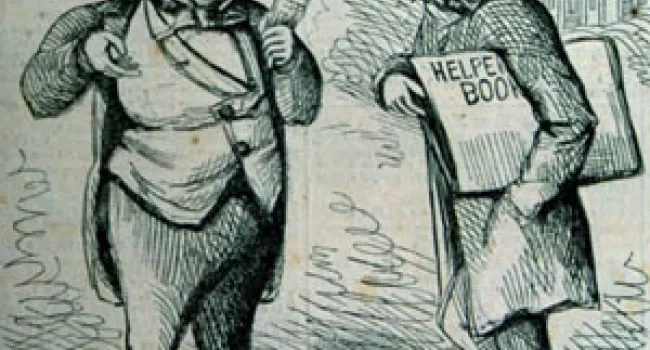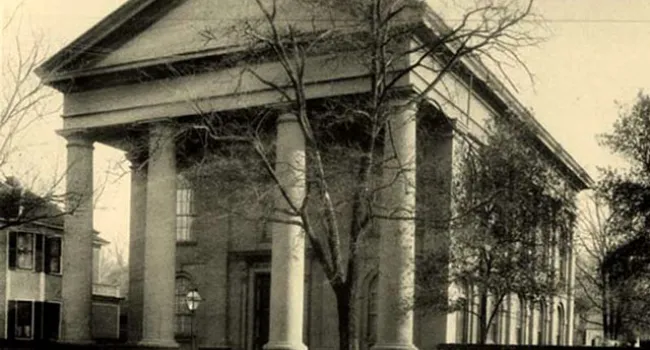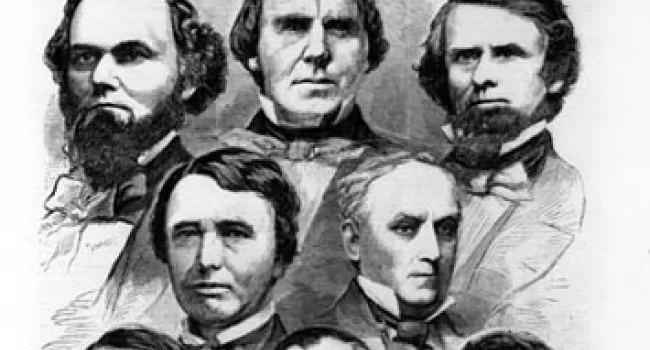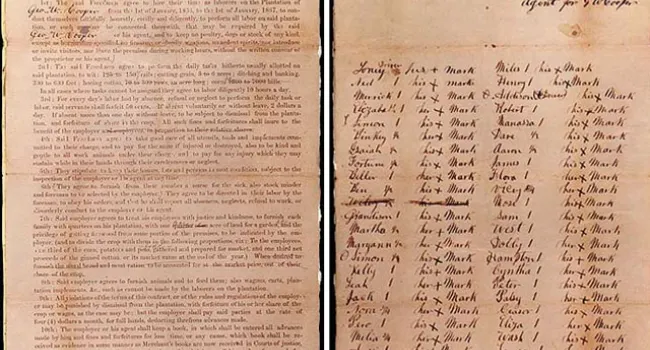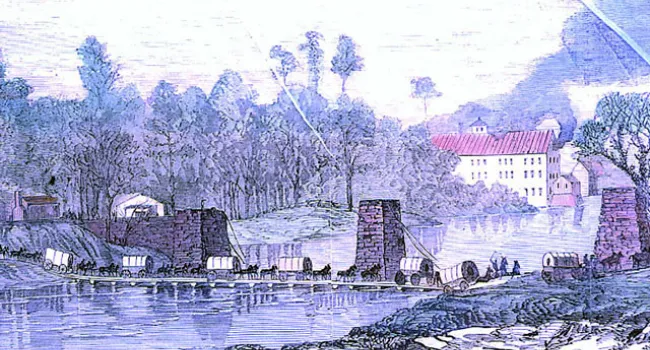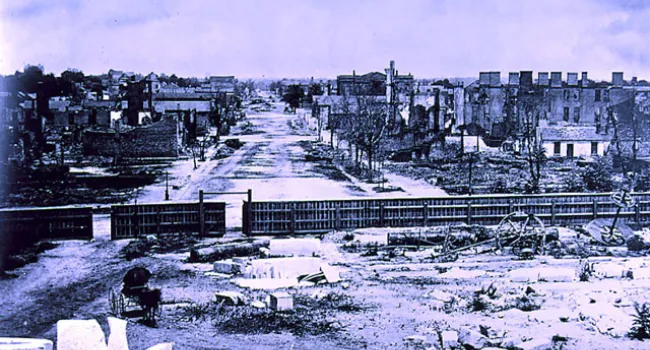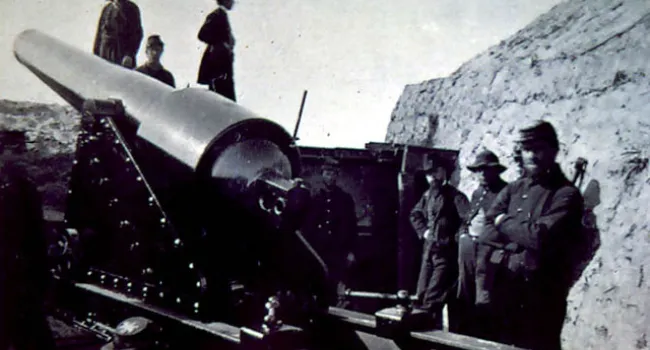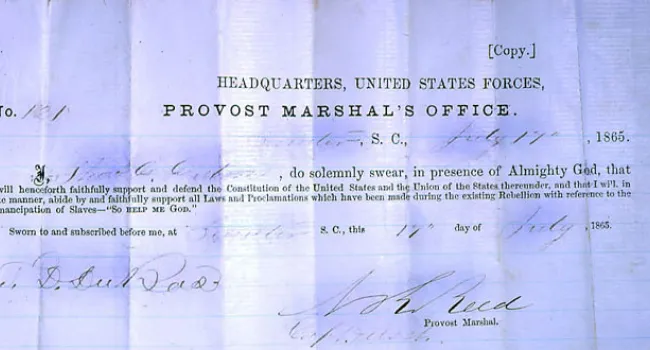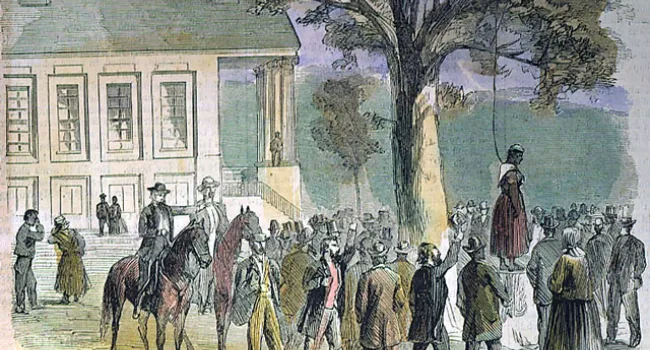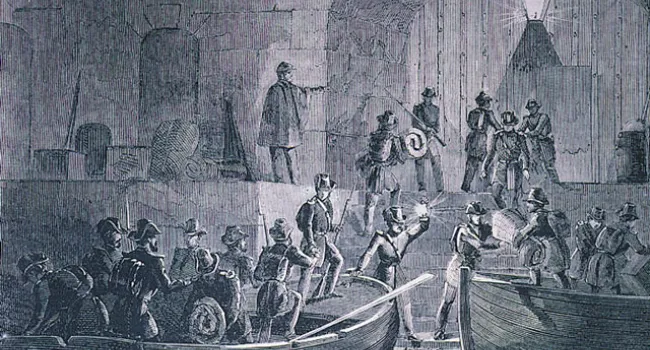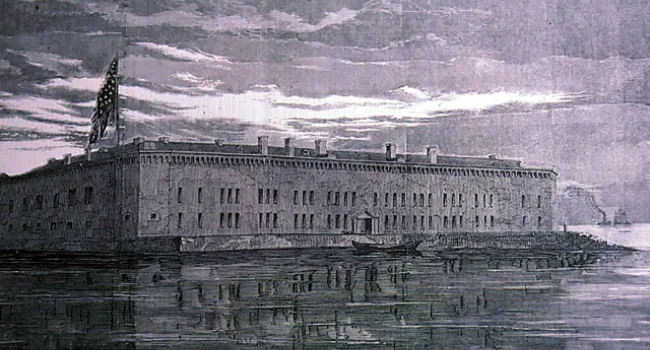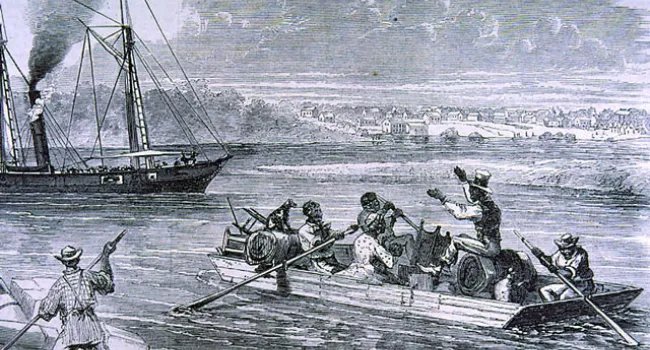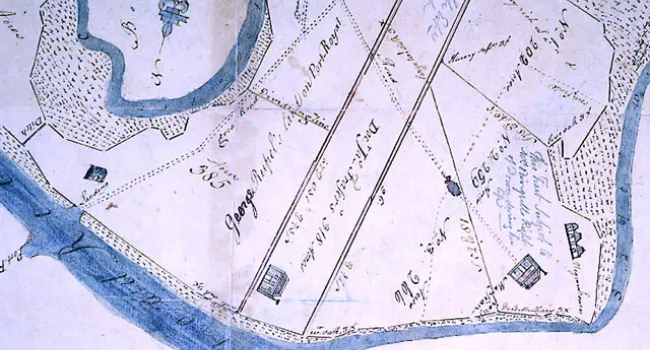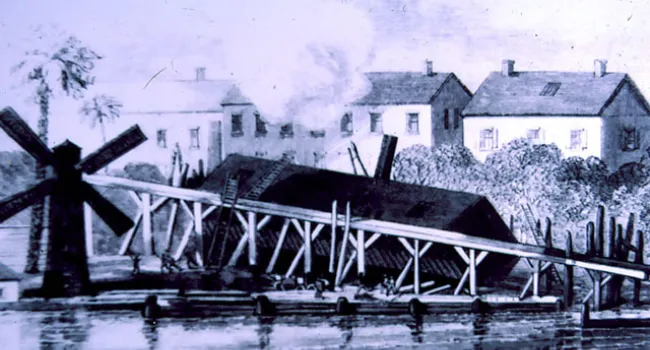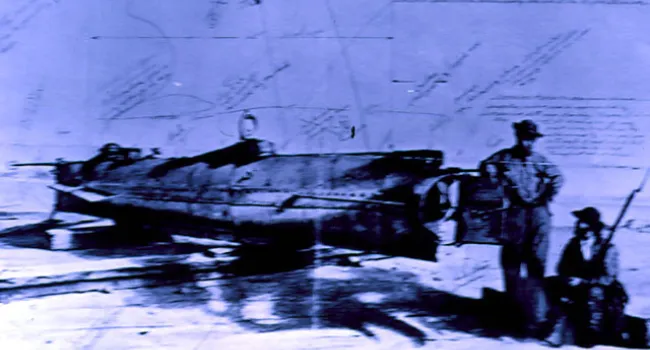
On April 11, 1861, with the supply ships Lincoln had promised to send already underway, General P.G.T. Beauregard sent James Chesnut with a message to Major Anderson, demanding to know when he would surrender Fort Sumter. After dramatic exchanges of messages, Anderson's reply was found unacceptable, and at 4:30 a.m. on April 12, the Confederate forces on James Island opened fire on Fort Sumter. Thirty hours later, the garrison was allowed to withdraw and board the ships that had arrived during the bombardment. The war had begun.
Courtesy of the Fort Sumter National Monument.
Standards
- This indicator was developed to encourage inquiry into the continuities and changes experienced by Americans of various genders, positions, races, and social status during the Civil War.
- This indicator was developed to encourage inquiry into the relationship between the Civil War and the experiences of women, African Americans, and the planter class in South Carolina.
- This indicator was developed to encourage inquiry into the effects of military strategies to include but not limited to: wartime technologies, the Anaconda Plan, conscription, and Sherman’s March to the Sea.
- This indicator was designed to encourage inquiry into the Civil War focusing on the impacts of military strategies and major turning points on South Carolina and the U.S.


